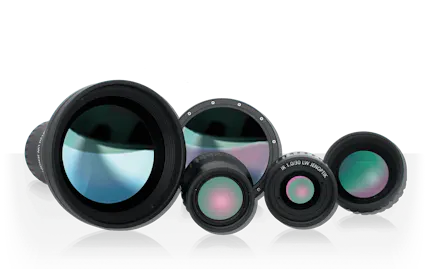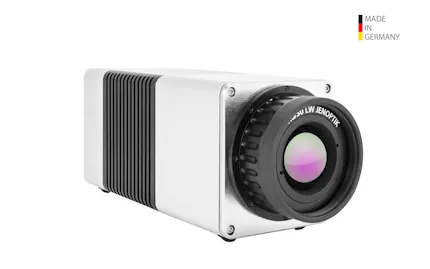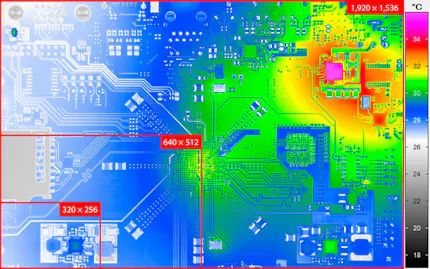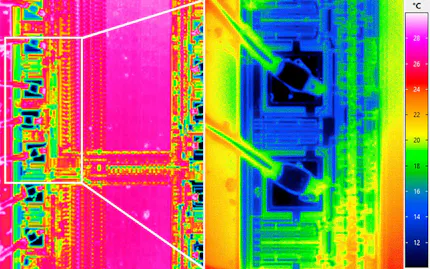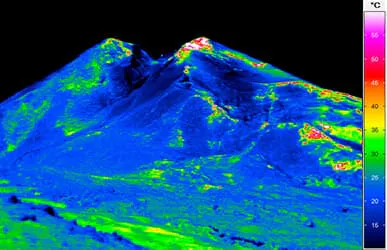Thermography for Climate Research
Climate research is one of the most exposed types of academic research these days. With the continuous discussion about extreme weather events and long‐term implications of human‐made climate factors the related science has become a part of everyone´s daily life.

One part of climate studies is extensive statistical groundwork based on scientific imaging. Time lapse video recording is a tool to gather numerical data for subsequent analysis. Cloud research is one aspect of this topic.
InfraTec Solution
New York University/Abu Dhabi
www.nyuad.nyu.edu/en/
Thermography automation solution:
CLOUD‐SCAN with VarioCAM® HD head 800
When performed with common digital cameras, operating in the visual spectral region, the collected data are strongly affected by daytime‐related factors, for example by the incidence of light. Those factors can be easily avoided by using a thermal camera instead. Operating in the long‐wave infrared (7 … 14) μm, an uncooled system like the VarioCAM® HD head from InfraTec is a perfect system for 24/7 cloud pattern monitoring and recording. Professor David M. Holland from the New York University´s Center for Atmospheric Ocean Science chose InfraTec´s CLOUD‐SCAN solution for his statistical research on cloud motion and further statistical analysis.
The core of this system is a VarioCAM® HD head 800 as the only globally available uncooled radiometrically calibrated thermal camera with (1,024 × 768) infrared pixel. Such a large detector creating a batch of 786,432 data sets per image is perfectly suited for providing a solid base for the statistics to be done. The camera´s 15 mm wide‐angle lens provides a field‐of‐view covering (60.3 × 47)°. While the data can be collected via the InfraTec IRBIS® 3 software package, Prof. Holland and his colleagues also utilise the versatile 16‐bit ASCII export capability for subsequent handling in MATLAB routines.
Since the system is permanently mounted on top of a New York City university building in downtown Manhattan, an additional temperature‐regulated enclosure was designed for the VarioCAM® HD head 800. While the infrared camera is already quite a tough camera with its new industry‐level body, massive rainfall, snow or extended sunshine are not affecting the system´s long‐duration accuracy.
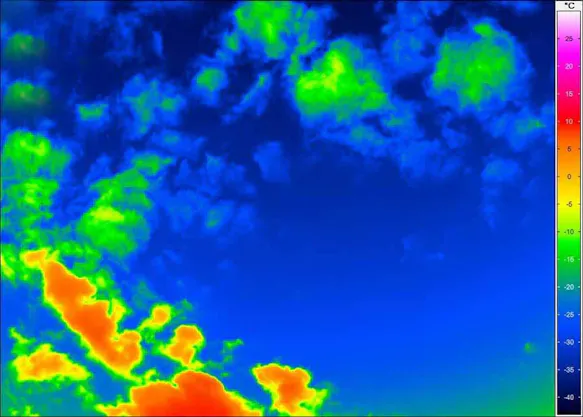
The CLOUD‐SCAN system is mounted in addition to other weather monitoring equipment, but it is also prepared for trips to polar regions. The inherent long‐term stability of the VarioCAM® HD head design has been well proven in long‐term monitoring programs all around the world where thermal cameras need to operate for months or even years without interruption.
